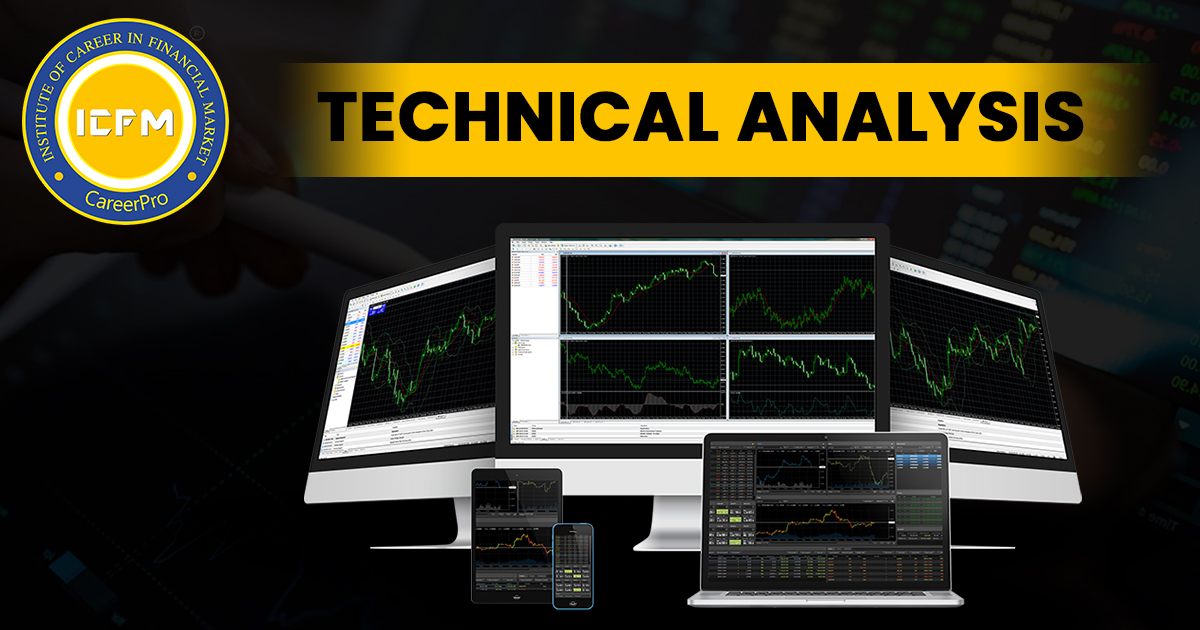Role of Technical Analysis in Trading
Introduction
Technical analysis serves as a cornerstone in the toolkit of traders and investors worldwide, offering insights into market behaviour and aiding decision-making processes. Unlike fundamental analysis, which focuses on financial statements and intrinsic value, technical analysis revolves around studying historical price movements and market statistics. By examining charts, patterns, and various indicators, technical analysts aim to forecast future price movements and identify trading opportunities.
Importance of Technical Analysis
Market Timing: Technical analysis helps traders determine optimal entry and exit points based on price patterns and trends, maximizing profitability.
- Risk Management: By analyzing historical data, technical analysis assists in setting stop-loss levels and managing risk effectively.
- Psychological Insights: It provides insights into market sentiment and investor behavior, helping traders navigate emotional biases.
- Complementary Analysis: When combined with fundamental analysis, technical analysis offers a comprehensive view, enhancing decision-making processes.
Basics of Technical Analysis
Definition and Scope
Technical analysis involves analyzing historical price and volume data to forecast future price movements. It focuses on patterns, trends, and indicators rather than intrinsic value.
Technical analysis traces its roots to early 20th-century pioneers like Charles Dow, who formulated Dow Theory, laying foundational principles still relevant today.
Key Principles and Theories
Principles such as trend following, support and resistance, and market cycles form the backbone of technical analysis theories.
Technical Indicators
Types of Technical Indicators
Technical indicators are tools used to interpret price data and signal potential changes in market direction. They can be classified into leading and lagging indicators.
Commonly Used Indicators
Popular indicators include Moving Average Convergence Divergence (MACD), Relative Strength Index (RSI), and Bollinger Bands, each offering unique insights into market trends.
Interpretation and Application in Trading
Understanding how to interpret indicators helps traders make informed decisions on market entry, exit points, and trend reversals.
Chart Patterns
Overview of Chart Patterns
Chart patterns are visual representations of price movements that traders use to identify potential trend reversals or continuation patterns.
Identification and Significance
Patterns like head and shoulders, triangles, and flags provide valuable insights into market sentiment and potential price movements.
Practical Examples and Case Studies
Real-world examples demonstrate how chart patterns are applied to predict price movements and formulate effective trading strategies.
Candlestick Patterns
Explanation of Candlestick Patterns
Candlestick patterns, such as doji, hammer, and engulfing patterns, offer insights into market psychology and potential reversals.
Reading and Interpreting Patterns
Traders analyze candlestick formations to gauge market sentiment and make decisions based on bullish or bearish signals.
Real-World Applications in Trading Scenarios
Case studies illustrate how candlestick patterns are used in different market conditions to improve trading outcomes.
Support and Resistance Levels
Definition and Importance in Technical Analysis
Support and resistance levels are key price levels where a trend is likely to pause or reverse, providing critical decision points for traders.
Methods to Identify Support and Resistance
Techniques like trendlines, Fibonacci retracement levels, and volume analysis help traders identify and confirm support and resistance zones.
Role in Trading Strategies and Risk Management
Incorporating support and resistance levels into trading strategies helps traders manage risk, set profit targets, and improve overall trade outcomes.
FAQ about Technical Analysis in Trading
What is technical analysis?
Technical analysis is a method of analyzing financial markets by studying historical price and volume data to forecast future price movements.
How does technical analysis differ from fundamental analysis?
While fundamental analysis focuses on intrinsic value and financial statements, technical analysis relies on price patterns and indicators to predict market trends.
What are some common technical indicators?
Common technical indicators include Moving Average Convergence Divergence (MACD), Relative Strength Index (RSI), and Bollinger Bands, among others.
How can technical analysis help in risk management?
Technical analysis assists in setting stop-loss levels, identifying support and resistance zones, and managing risk by providing insights into market volatility and trends.









